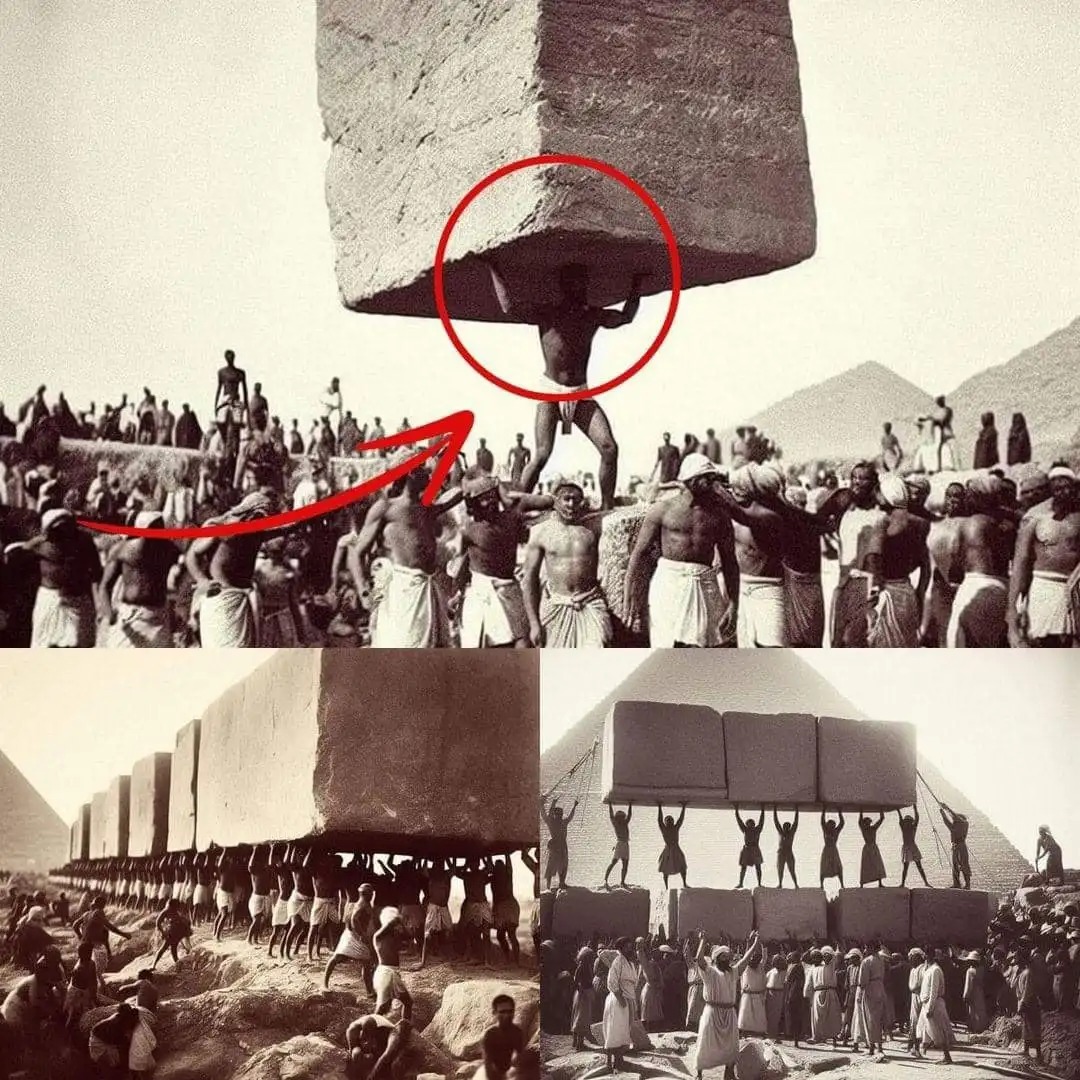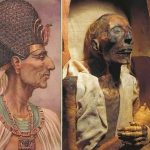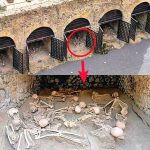Rethinking the Pyramid Builders: The Hidden Truth of Ancient Egypt

For centuries, the construction of Egypt’s pyramids has been depicted as a story of oppression: enslaved laborers toiling endlessly under the scorching desert sun to build monumental tombs for pharaohs. However, recent archaeological discoveries are rewriting this narrative, revealing a more nuanced and inspiring picture of the men and women who created these enduring wonders. Excavations near Giza have uncovered entire workers’ villages, complete with bakeries, breweries, dormitories, and even medical stations, challenging long-held assumptions about the people behind the pyramids.
Skilled Laborers, Not Slaves

The evidence is compelling. These villages were meticulously organized, housing thousands of skilled laborers and artisans who specialized in stone cutting, engineering, and construction. Far from being enslaved, these workers appear to have been well-fed, with access to meat, bread, and beer. Medical facilities suggest that their health and well-being were actively maintained, highlighting an organized workforce that was valued for their expertise. Teams of supervisors coordinated labor efficiently, ensuring that construction proceeded smoothly while workers maintained high standards of craftsmanship.
Such findings underscore that the pyramid builders were not anonymous victims of coercion but proud, skilled citizens participating in a monumental project that symbolized national identity, religious devotion, and human ingenuity. Their collective effort transformed abstract plans into enduring structures, leaving a legacy that continues to captivate the world.
Innovation and Community
The pyramids themselves are masterpieces of engineering and planning. Each massive block, precisely cut and carefully placed, reflects the laborers’ deep understanding of geometry, physics, and logistics. The discovery of workers’ villages and supporting infrastructure also demonstrates that the ancient Egyptians invested in community and collaboration. Housing, food production, and healthcare were carefully coordinated to sustain a workforce capable of achieving the extraordinary.

This holistic approach to labor—balancing skill, organization, and care—offers a fresh perspective on ancient innovation. The pyramids were not built merely through brute force but through human cooperation, ingenuity, and a shared vision. By understanding the lives of the builders, we gain insight into the social structures, cultural values, and technological advancements of Ancient Egypt.
A Monument to Human Achievement
Beyond their function as royal tombs, the pyramids stand as enduring symbols of collective human effort. They remind us that some of history’s most iconic achievements are possible when communities come together, blending creativity, organization, and technical skill. The workers’ villages reveal that human ingenuity, not oppression, was the cornerstone of Egypt’s architectural marvels.
These discoveries also encourage a broader reflection on historical narratives. Ancient achievements are often simplified or romanticized, overlooking the real human stories that made them possible. By recognizing the expertise and dignity of pyramid builders, we honor their contributions and acknowledge the complexity of civilization’s greatest accomplishments.
Conclusion
Archaeological evidence from Giza reshapes our understanding of the pyramid builders, portraying them as skilled laborers, artisans, and engineers rather than enslaved workers. Their craftsmanship, organization, and care for one another made the construction of the pyramids possible, leaving a legacy that continues to inspire. These findings celebrate human cooperation, innovation, and the timeless drive to achieve the impossible, reminding us that history’s greatest wonders are built not on suffering alone but on creativity, community, and collective genius.











